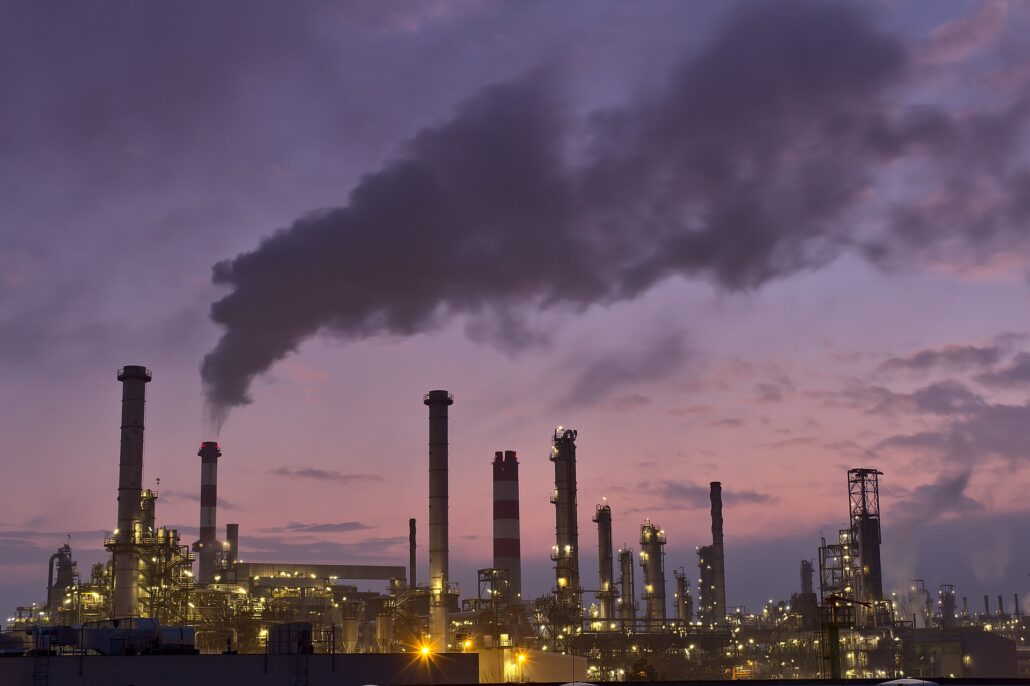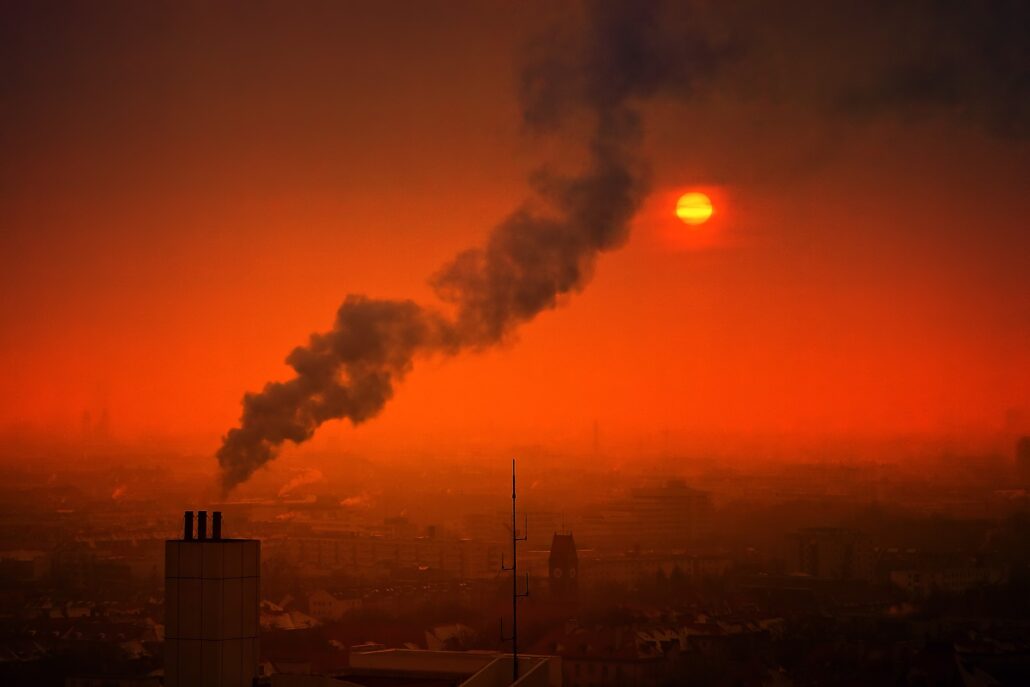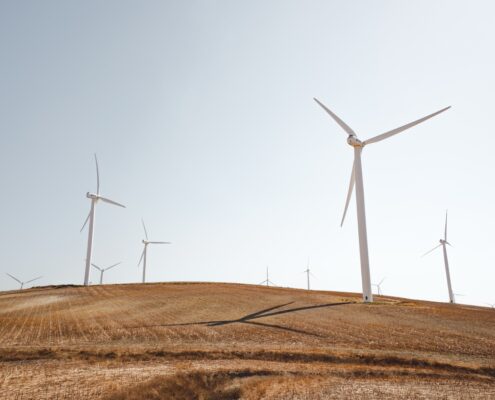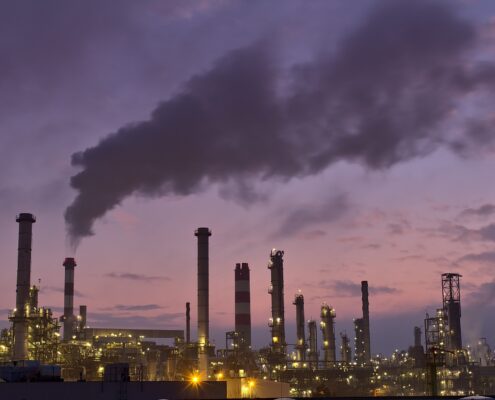 https://greenmarked.it/wp-content/uploads/2024/06/agriculture-2361978_1280.jpg
779
1280
Etienne Hoekstra
https://greenmarked.it/wp-content/uploads/2022/01/LOGO-GREENMARKED-SITO-600x600.png
Etienne Hoekstra2024-06-28 18:34:132024-06-29 10:24:20Balancing Agriculture and Sustainability in the EU
https://greenmarked.it/wp-content/uploads/2024/06/agriculture-2361978_1280.jpg
779
1280
Etienne Hoekstra
https://greenmarked.it/wp-content/uploads/2022/01/LOGO-GREENMARKED-SITO-600x600.png
Etienne Hoekstra2024-06-28 18:34:132024-06-29 10:24:20Balancing Agriculture and Sustainability in the EUDecember 31, 2022

Earlier in December, the European Parliament and the EU member states took a major step towards a more ambitious climate policy. After 30 hours of continuous negotiations, they reached an agreement on aligning national climate plans to ensure that greenhouse gas (“GHG”) emissions fall faster to meet “Fit for 55”. The goal is to reduce GHG emissions in the EU by at least 55 % by 2030 compared to 1990, despite the difficult economic circumstances [1].
More companies paying for carbon emissions
At the heart of the measures is the expanded scope and strictness of the EU’s Emissions Trading System (“ETS”). Since 2005, the ETS has forced companies in the energy sector and heavy industry to pay for their CO₂ emissions, meaning that they need a certificate for every emitted ton. There are still free CO₂ allowances available, but they will be phased out gradually by 2026. Thus, the companies concerned will have to emit less or pay more through the ETS [1].
The EU will also establish an additional and separate ETS for fuel used in road transport and buildings, which puts a price on emissions from these sectors by 2027. Citizens and companies will have to pay for CO₂ coming from their exhaust pipe and chimney, which will be done through energy companies and gas stations. They will have to pay for emission rights and then pass on the cost to customers who refuel their cars or turn on gas heater [1].

Diederik Samsom, Frans Timmermans’ chief of cabinet in Brussels, is optimistic and believes that calling the agreement a “breakthrough” would be an understatement [2]:
“With this agreement, we can change everything of the path towards a sustainable future. Polluters will pay. Big companies, because they pollute more, but also we, for using heaters and cars. But it can become a two-sided sword, because the proceeds of those payments – tens of billions a year – will we spent on both stimulating sustainability and compensating people who cannot bear higher costs so easily.”
Vulnerable households
In a time when everything, energy in particular, is getting more expensive, many households struggle to make ends meet. The Commission acknowledged that its new climate policy could be an additional burden. Hence, it proposed the introduction of a Social Climate Fund to finance temporary direct income support for vulnerable households. The Fund will amount to over 86 billion euro and will run for five years from 2027 onwards [3].
Avoiding carbon leakage
There is a risk that companies under the ETS will leave the EU to avoid paying for their CO₂, commonly referred as “carbon leakage”. To prevent unfair competition between Europe and the rest of the world, the EU has set up the Carbon Border Adjustment Mechanism (“CBAM”). Companies exporting iron and steel, cement, aluminium, fertilizers and electricity to Europe will also be obliged to pay for their CO₂ emissions. In other words, the EU links the rest of the world to its European ETS. The pilot phase of the CBAM will start in October 2023. By 2030, all goods covered by the ETS should be included [4].
The EU hopes that the CBAM will lead to more ambitious climate policy in the three biggest economies, China, India, and the United States [2]. Critics have warned of the potential economic harm of the CBAM to the Global South. Developing countries may struggle to decarbonize quickly enough to remain competitive in the global market, as the transition to a low-carbon economy requires technology and investment beyond the resources of many countries. Technology transfer and green financing are possible solutions [5].
Related articles:
References:
[1] European Parliament. (2022, 19 December). Climate change: Deal on a more ambitious Emissions Trading System (ETS). Retrieved from https://www.europarl.europa.eu/news/nl/press-room/20221212IPR64527/climate-change-deal-on-a-more-ambitious-emissions-trading-system-ets
[2] Kock, R. (2022, 19 December). ‘Without China, India and United States, we won’t make it’. (Translated by Author). Retrieved from https://www.bnr.nl/nieuws/duurzaamheid/10498288/zonder-china-india-en-verenigde-staten-redden-we-het-niet
[3] European Commission. (n.d.). Climate change: Deal on a more ambitious Emissions Trading System (ETS). Retrieved from https://climate.ec.europa.eu/eu-action/european-green-deal/delivering-european-green-deal/social-climate-fund_en
[4] European Parliament. (2022, 13 December). Deal reached on new carbon leakage instrument to raise global climate ambition. Retrieved from https://www.europarl.europa.eu/news/en/press-room/20221212IPR64509/deal-reached-on-new-carbon-leakage-instrument-to-raise-global-climate-ambition
[5] Eicke, L., Weko, S., Apergi, M., & Marian, A. (2021). Pulling up the carbon ladder? Decarbonization, dependence, and third-country risks from the European carbon border adjustment mechanism. Energy Research & Social Science, 80, 102240. https://doi.org/10.1016/j.erss.2021.102240
Cover- and preview image: A refinery at sunset. Free-source photo by Padelkraft on Pixabay.










